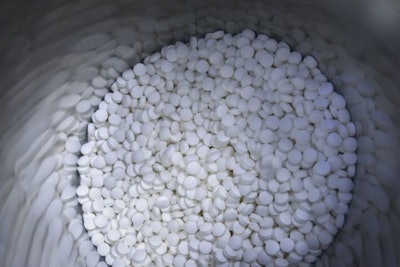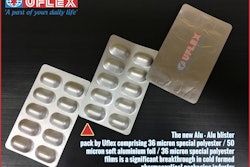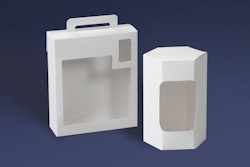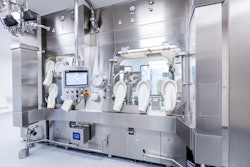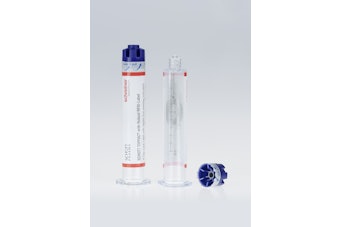At a recent meeting in Boston, representatives from global pharmaceutical companies gathered to discuss how to transition from batch to continuous manufacturing. And what company better to learn from than Vertex Pharmaceuticals, the first company to produce a drug on a continuous processing line that was approved by the Food and Drug Administration (FDA).
Stephanie Krogmeier, Vertex’s senior director of global regulatory chemistry, manufacturing and controls (CMC) strategy, was the keynote speaker at the Commercializing Continuous Processing in Pharma conference. She used the opportunity to share some lessons learned from their continuous manufacturing (CM) conversion, especially relating to the FDA.
While most people in the room were just beginning their CM journey, she made it clear to her peers that such a complex project will not happen—or be a success—without buy-in from the C-suite.
“You need the full support of management. If you don’t have someone in senior management driving this, you will fail,” Krogmeier said. “On top of that you need a team of smart and dedicated people working on this. And having a great molecule is hugely important. If you know you are getting a fantastic molecule to the market, it motivates the team.”
Vertex built its CM line from the ground up for a cystic fibrosis drug called Orkambi (lumacaftor/ivacaftor). During the planning and deployment of the production line, the control strategy was a critical part of the plan, Krogmeier said, outlining the use of process analytical technology (PAT) for in-process control (IPC) and real-time release testing (RTRT). But just as important was a sharp focus on the FDA and the European Medicines Agency (EMA) criteria.
Understanding that Quality by Design (QbD) is the basis for CM in real-time release, the company did its research. Vertex learned it needed to adjust the new drug application (NDA) to ensure it was clear to regulatory officials that the continuous methods used in manufacturing the drug and the controls used to maintain the drug’s quality met the highest standards.
The main questions from the health authorities pertained to the control strategy, the process variation and PAT methods—and inspectors are well informed and prepared, she said. This is when senior management and a trained team of knowledgeable engineers and subject matter experts who are ready to interact with regulatory officials make a difference in the approval process.
“If we did not spend the last ten years aligning with the EMA and FDA, this would have been a lot harder,” Krogmeier said. In 2015, Vertex did get FDA approval for producing a drug on a continuous manufacturing line. Since then, the team has been concentrating on managing and maintaining the line because, like batch manufacturing, things change. “The model always needs maintenance,” she said. “We have to have the ability to understand the change and file that.”
The difficulty, however, comes in the form of data. “We have more data and we have to be able to adjust to that,” Krogmeier said. That’s because more data makes things look different, and that means filing a new model and having to wait for another regulatory approval.
But Vertex is building a model that is getting better all the time, and perhaps that’s the biggest rub when it comes to regulatory review—that is, having to wait to get approval for a model that is ultimately more efficient, more reliable and safer.
The takeaway for conference attendees is that continuous manufacturing does indeed work. The biggest hurdle right now is taking the first step on this long journey. And it is long. Some Vertex team members I spoke to said they had to work around the clock for months to meet project deadlines. And it’s not over. They are still working on creating a scalable model to make multiple drugs. But, overall, the pride in their initial accomplishment was palpable.
